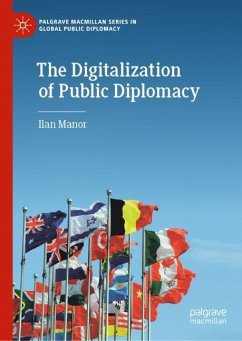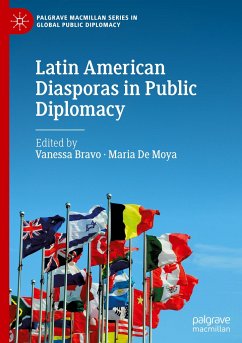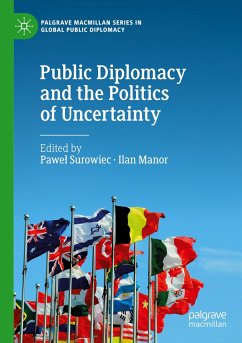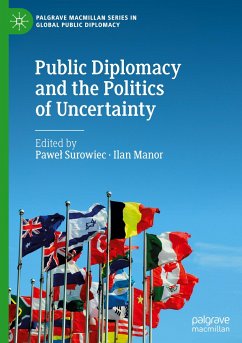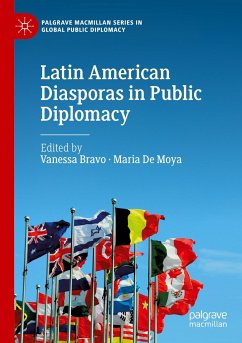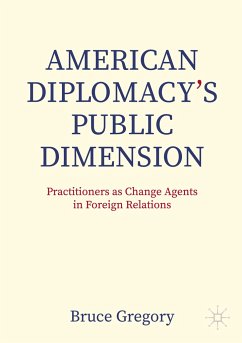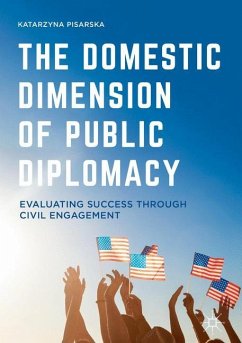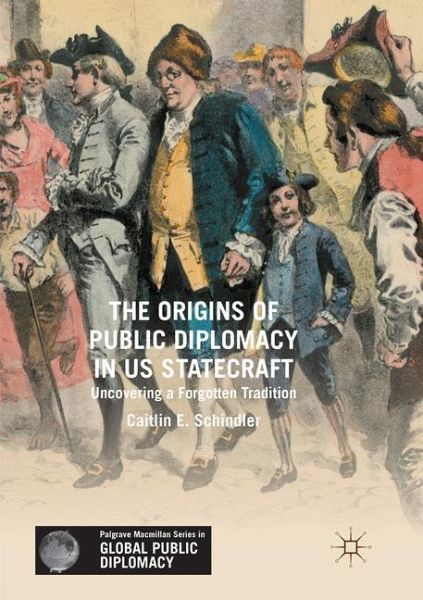
The Origins of Public Diplomacy in US Statecraft
Uncovering a Forgotten Tradition
Versandkostenfrei!
Versandfertig in 6-10 Tagen
91,99 €
inkl. MwSt.
Weitere Ausgaben:

PAYBACK Punkte
46 °P sammeln!
This book examines historic examples of US public diplomacy in order to understand how past uses and techniques of foreign public engagement evolved into modern public diplomacy as a tool of American statecraft. The study explores six historic cases where the United States' government or private American citizens actively engaged with foreign publics, starting with the American Revolution in 1776 through the passage of the Smith-Mundt Bill of 1948. Each case looks specifically at the role foreign public engagement plays in American statecraft, while also identifying trends in American foreign ...
This book examines historic examples of US public diplomacy in order to understand how past uses and techniques of foreign public engagement evolved into modern public diplomacy as a tool of American statecraft. The study explores six historic cases where the United States' government or private American citizens actively engaged with foreign publics, starting with the American Revolution in 1776 through the passage of the Smith-Mundt Bill of 1948. Each case looks specifically at the role foreign public engagement plays in American statecraft, while also identifying trends in American foreign public engagement and making connections between past practice of foreign public engagement and public diplomacy, and analyzing how trends and past practice or experience influenced modern American public diplomacy.




